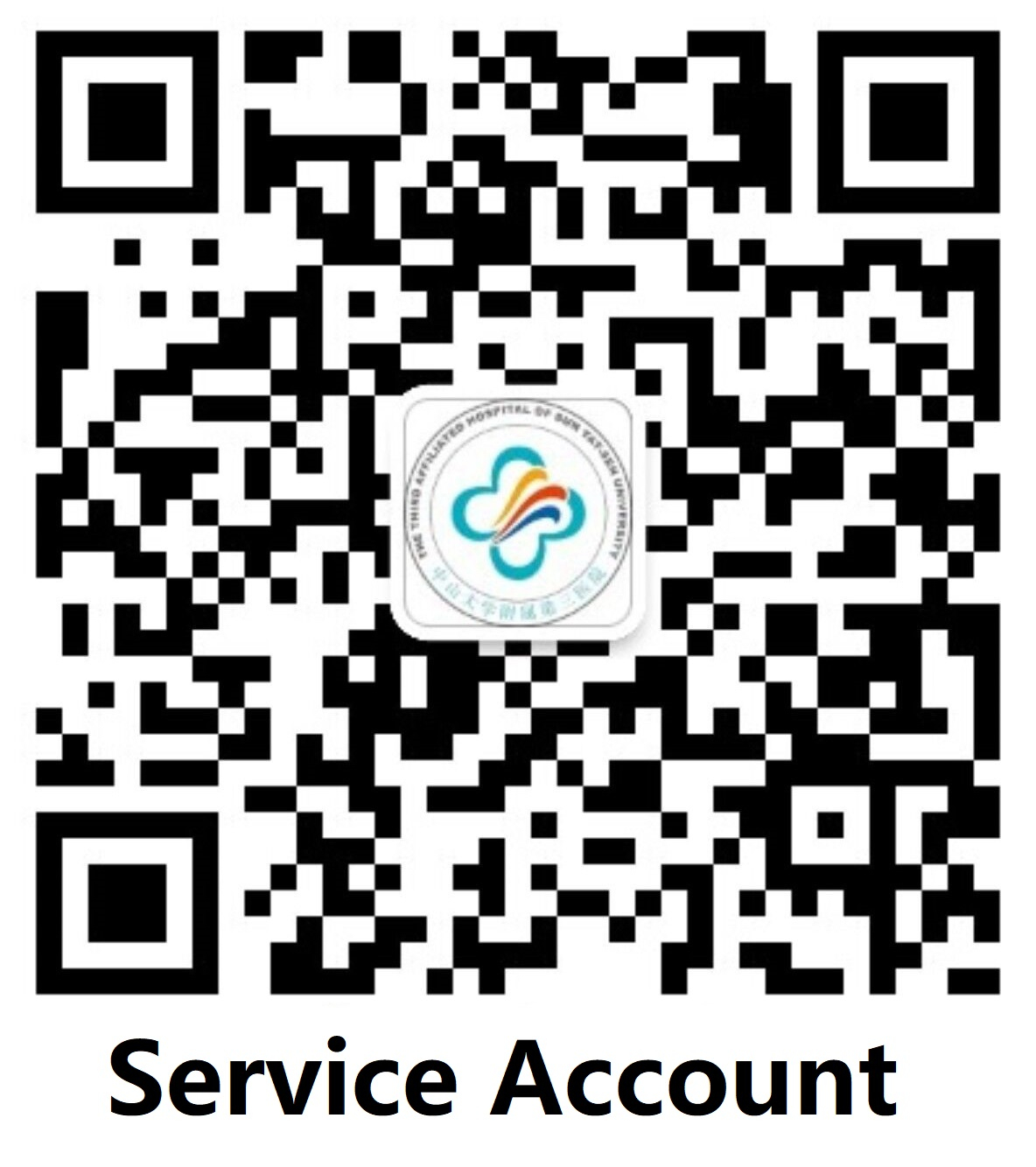Key figures
- Location:9th Floor, No.1 Building
- 100 staff: 20 physicians, 38 therapists and 42 nurses
- 100 ward beds
Introduction of the Department of Rehabilitation Medicine
The department of rehabilitation medicine was founded on 1995 as a comprehensive department integrating medical care, teaching and scientific research. It’s a fast growing department in both scale and reputation in the past decades, and has become the key clinical specialty in Guangdong province since 2012.
The educational background of our staff is all above college degree, 10 of them have PhD degree while 14 of are masters. There are 2 doctoral supervisors and 4 master supervisors. We provide graduated education in rehabilitation medicine. Around 60 to 70 students from all over the country register for the advanced education program every year.
Diagnosis and Treatment
Neurological rehabilitation
Spinal cord injury
Musculoskeletal rehabilitation
Pain and children's rehabilitation
Treatments for dysphagia and dystonia
Digital analysis of Swallowing functions: in 2011, we are the first in China to use high-resolution manometry with solid-state manometry catheter and circumferential pressure sensors to evaluate swallowing function. With the cooperation of manufacturers, we concurrently use high-resolution manometry and videofluoroscopic swallowing study to evaluate pharyngeal swallowing function. The technique to detect the dynamic process of swallowing is a sufficiently detailed quantitative analysis. What’s more, we invented a digital acquisition and analysis system for videofluoroscopic swallowing study to analyze the kinematic and temporal parameters of swallow function. The software integrates the acquisition, processing, analysis, reports, storage and output of images into a single program. As a result, we are able to assess swallowing function not only quantitatively but also in the artificial intelligence. In both clinical application and research in dysphagia, we have achieved the international and domestic leading level.
Application of catheter balloon dilatation in treating dysphagia: in 2006, Professor Dou Zulin innovatively invented the catheter balloon dilatation to treat cricopharyngeal achalasia in patients with brainstem lesions and postoperative radiotherapy.Nowadays, the catheter balloon dilatation has been evolved from a passive process to integration of active and passive therapy, from only nasal pathway to oral pathway. This method can be applied on children as well. Catheter balloon dilatation has been proved to be one of the best intervention for cricopharyngeal dysfunction due to its efficacy and safety we proved clinically. Applying catheter balloon dilatation in the appropriate method will improve the quality of life and curative rate of patients to 100%. What’s more, placing speaking valve in patients with tracheostomy and swallowing EMG biofeedback training are used in clinic as adjunctive therapy for dysphagia. Due to these techniques, our department has become the domestic leader in treating dysphagia.
Application of catheter balloon dilatation in treating dysphagia: Sonographic imaging combined with electrical stimulation for guiding botulinum toxin type A injection: Botulinum toxin type A(BTX-A) is a valuable medication in the management of the local spasticity and dystonia. In order to improve the effectiveness of injection, the location of the injection need to be more precise. With the characteristics of real-time, dynamic imaging, sonography can track the trajectory of injection needles. Deep muscle electrical stimulation can distinguish small muscles from adjacent muscles by detecting target muscle contraction. Sonographic imaging combined with electrical stimulation guidance technique significantly improves the accuracy and efficacy of BTX-A injection. Since 2007, hundreds of patient with severe muscle spasm have been BT-A injected using this modified technique and observed a better curative effect. So far, Professor Dou has published works in assessment and treatment of spasm, especially in the practical technology of BTX-A injection.
Research
We have acquired 14 research projects funded by the National Natural Science Foundation of China, and there is more than 20 ongoing projects funded by National Ministry of Science and Technology, Provincial Science Foundation of Guangdong and other sources in the department. The total research funding has surpassed ¥1260 million. Our research team has published more than 100 articles (24 SCI papers). We obtained 10 national patents, such as “Dilatation Catheter for Cricopharyngeus”, “Magnetic ResonanceTrigger of Electromyographic Signal” .
Cooperation
We support academic dialogue, exchanges and cooperation. Many excellent young physicians were sent to world renowned universities and research institutes for further study, such as the University of Texas Southwestern Medical Center, Columbia University College of Physicians and Surgeons, Kessler Institute for Rehabilitation, University of Toronto, and Tohoku University in Japan, etc. Many renowned rehabilitation experts have been invited to visit our department, such as Steven Flanagan (US), Catriona M. Steele (Canada), Makoto Inoue(Japan), Elizabeth Ward(Australia) and so on.
Conferences
We held a series of high-level academic conferences to establish an extensive platform for academic exchange in rehabilitation medicine. In 2005, we organized a training program for dysphagia treatments in cooperation with the Swallowing Center in the affiliated hospital of the Cleveland University at Guangzhou. After that, we held “Dysphagia Summit Forum” and invited many prestigious experts of dysphagia from all over the world to attend this international forum. New theory and technology of dysphagia treatments are discussed and shared in the forum.






